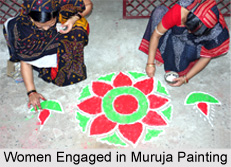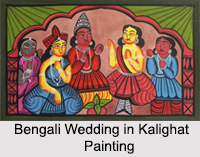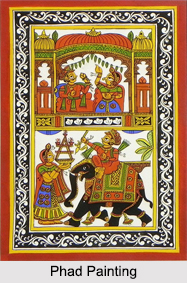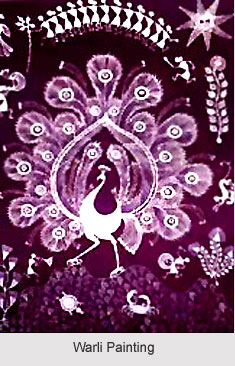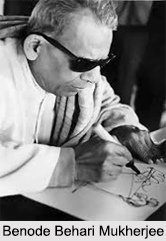 Born on 7th February, 1904, Benode Behari Mukherjee was an Indian painter who is mainly known for his mural paintings, which depict a subtle understanding of environment through pioneering architectural nuances.
Born on 7th February, 1904, Benode Behari Mukherjee was an Indian painter who is mainly known for his mural paintings, which depict a subtle understanding of environment through pioneering architectural nuances.
Early Life of Benode Behari Mukherjee
Benode Behari Mukherjee was born in 1904 in Behala in the state of West Bengal in erstwhile Calcutta. Growing up, he was a sickly child as he was born blind in his right eye and myopic in the other, Benode Behari Mukherjee had little opportunity for a formal education. Later he went on to teach at Visva Bharati University in Santiniketan.
Career of Benode Behari Mukherjee
In the year 1919, at the age of 15 years, Benode Behari Mukherjee took admission in Kala Bhavana, the art faculty of Visva-Bharati University, where he learnt painting under other 2 famous artists Nandalal Bose and Ramkinkar Baij, a celebrated sculptor. Soon after that in 1925, he joined them as a teacher at Kala Bhava Bijn. He was so inspirational that some of his students also grew up to be great artists like Jahar Dasgupta, Ramananda Bandopadhyay and K.G. Subramanyan, Beohar Rammanohar Sinha, sculptor and printmaker Somnath Hore, designer Riten Majumdar and filmmaker Satyajit Ray. Benode Behari Mukherjee left Kala Bhavan in 1949 and 9 years later re-joined it as its principal.
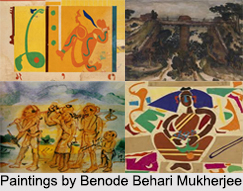 Despite his severe eye problem, Benode Behari Mukherjee continued to paint and do murals even after he lost his eyesight completely following an unsuccessful eye cataract operation in 1956. In 1979, a collection of his Bengali writings, Chitrakar was published.
Despite his severe eye problem, Benode Behari Mukherjee continued to paint and do murals even after he lost his eyesight completely following an unsuccessful eye cataract operation in 1956. In 1979, a collection of his Bengali writings, Chitrakar was published.
Style of Benode Behari Mukherjee
Artist Benode Behari Mukherjee used complex fusion of idioms that was inspired from Western modern art and the spirituality of oriental traditions. Some of his creations show an influence of far eastern traditions especially calligraphy and wash techniques. After spending a year in Japan, he had undertaken calligraphy lessons from artists like Tobo Sojo. Idioms of Western modern art had also influenced his style. He often blends Cubist techniques to solve space related problems and has achieved a harmonious blend in his creations. This is visible from his grand murals inside the Visva Bharati campus. Later on he went to Doon valley in Mussoorie where he started an art school. However he could not run it due to financial crunch.
He had the ability to break away from the turn of the century and created a dynamic modern vocabulary. This paved way for next generation of artists in the 1940s. He depicted literary subjects and mythology to a form that gave importance to pictorial elements like colour, line and texture.
Benode Behari Mukherjee has experimented with several mediums, ranging from murals to collage, from woodcuts to calligraphy, from watercolours, oil paint, ink and crayons to graphics as an artist. His paintings were based on observations, on eternal patterns, on intrinsic feel and texture of things. The development in his style showed his fondness for simplicity and eventually later he also created wax sculptures.
Awards of Benode Behari Mukherjee
In the last decade of his life, Benode Behari Mukherjee received award like Padma Vibhushan, prestigious state literary award Rabindra Puraskar and a Desikottama from Visva Bharati. Satyajit Ray, one of his former students, created a documentary on him, Inner Eye, which was produced by Films Division in 1973. He spent the last few years of his life in Delhi, where he died on 11th November, 1980.

